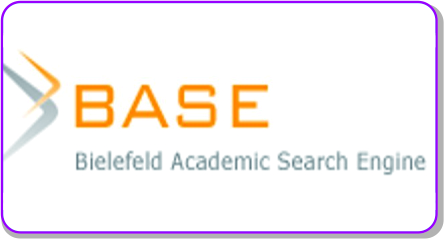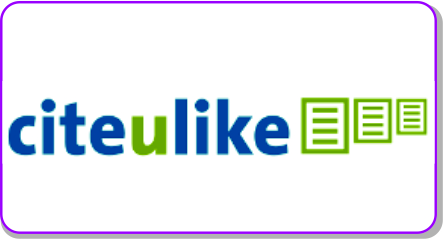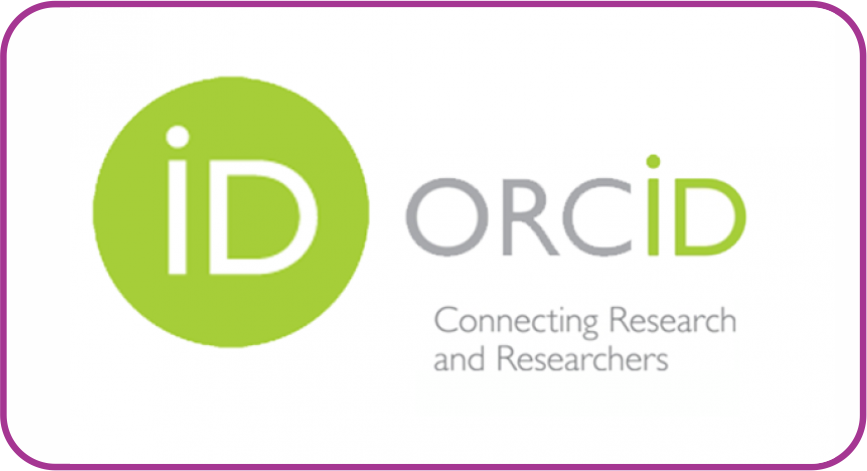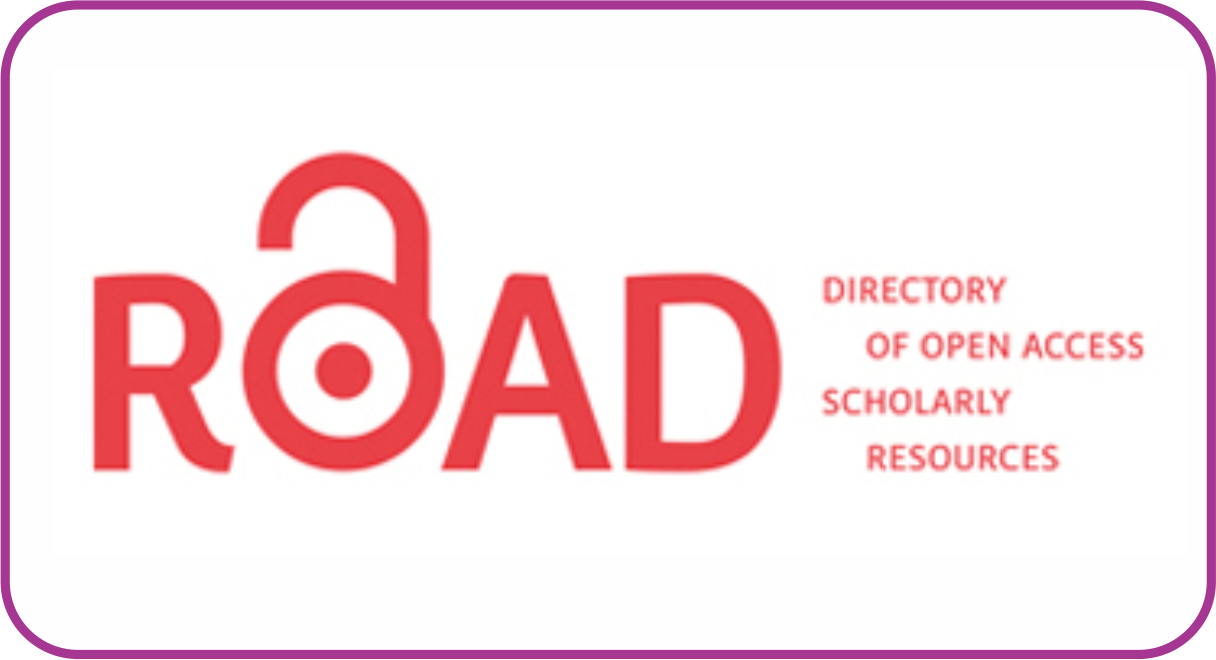MENINGKATKAN HASIL BELAJAR SISWA DENGAN MENGGUNAKAN MODEL MAKE A MATCH PADA MATA PELAJARAN IPS KELAS IV DI SDN 11 OKU
DOI:
https://doi.org/10.30983/educative.v3i1.548Abstract
The problem of this study is the low student learning outcome and not yet applied learning model make a match in the subject of IPS. This research is a classroom action research.The technique of data collection is by observation and test. To analyze the data of student learning outcome used t test technique, t obtained is 2,776 while at t level 5 % =2,05, so t obtained >t table or mathematically 2,05 is<2,06 it can be concluded that t obtained > than t table. That is, Ho rejected an ha accepted because t count>t table. Thus, the hypothesis put forward that therte is a siginificant increase in learning outcomes between after and before taught by using the model make a match acceptable the right. Keywords: outcome,make a match, IPSReferences
Arikunto, Suharsimi dkk. 2007. Penelitian Tindakan Kelas. Jakarta: Bumi Aksara
________________. 2008. Penelitian Tindakan kelas. Jakarta: Bumi Aksara
Uno Hamzah & Nurdin, Mohamad. 2011. Belajar Dengan Pendekatan. Jakarta: Bumi Aksara
Rusman. 2010. Model-Model Pembelajaran. Bandung: PT RajaGrafindo Persada
Sudijono, Anas. 2008. Statistik Pendidikan. Jakarta: Raja Grafindo Persada
Susilo. 2007.Panduan penelitian Tindakan Kelas. Yogyakarta:Pustaka Book Publisher
Solihatin, Etin & Raharjo. 2005. Cooperative Learning Analisis Pembelajaran IPS. Jakarta : Bumi Aksara
Downloads
Additional Files
Submitted
Accepted
Published
Issue
Section
License
Authors who publish with this journal agree to the following terms:
1. Authors retain copyright and grant the journal right of first publication with the work simultaneously licensed under a Creative Commons Attribution License that allows others to share the work with an acknowledgment of the work's authorship and initial publication in this journal.
2. Authors are able to enter into separate, additional contractual arrangements for the non-exclusive distribution of the journal's published version of the work (e.g., post it to an institutional repository or publish it in a book), with an acknowledgment of its initial publication in this journal.
3. Authors are permitted and encouraged to post their work online (e.g., in institutional repositories or on their website) prior to and during the submission process, as it can lead to productive exchanges, as well as earlier and greater citation of published work (See The Effect of Open Access).





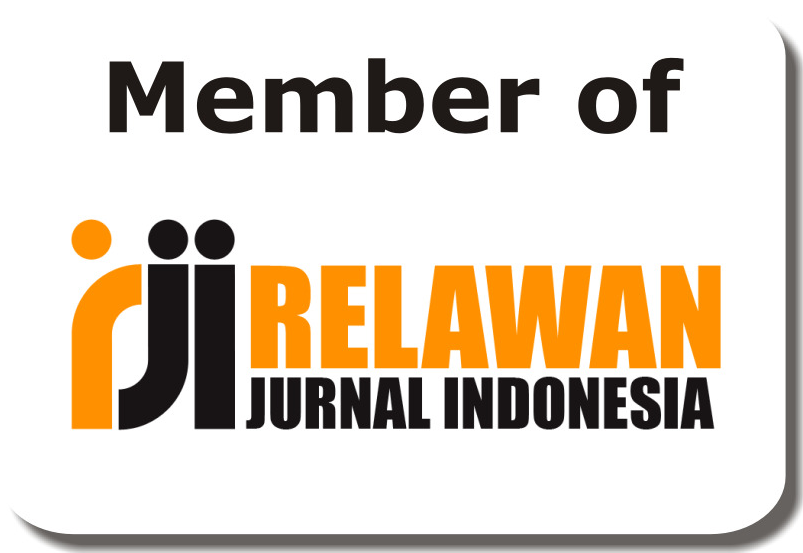
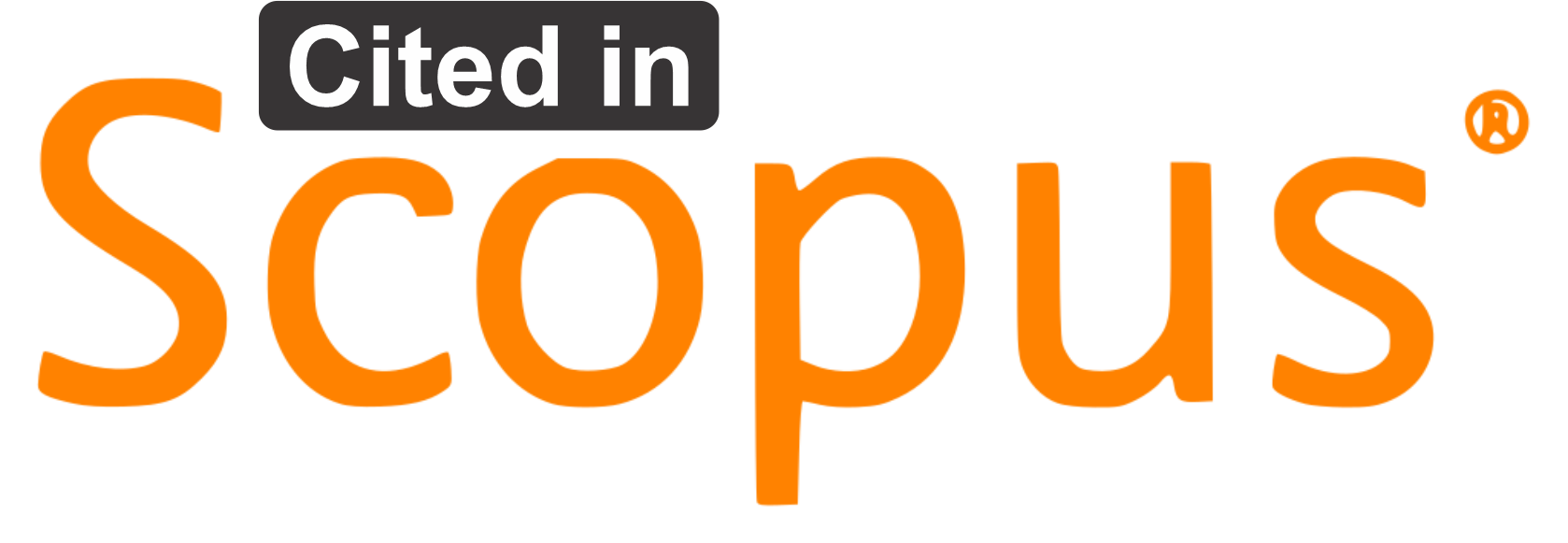

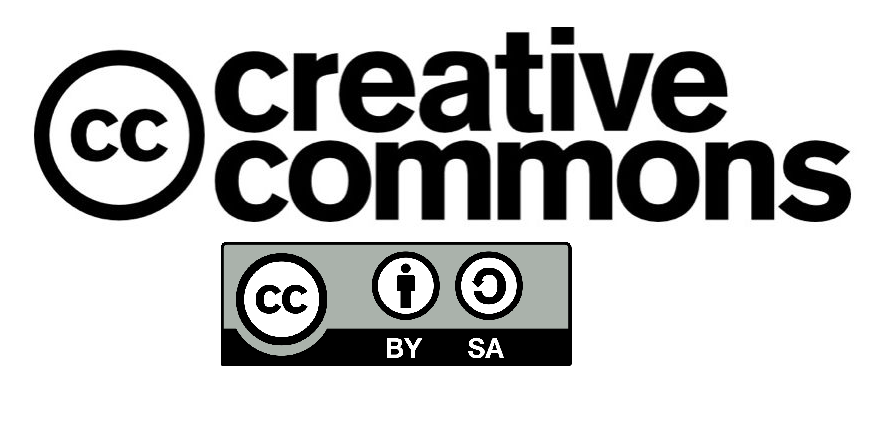
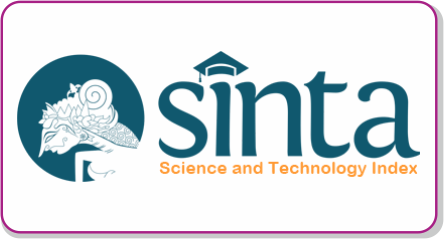
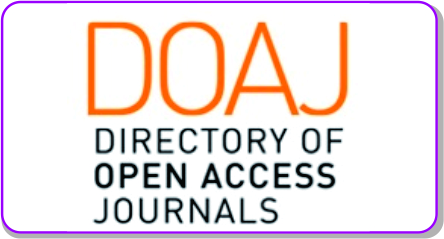


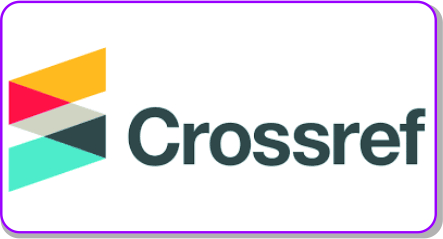




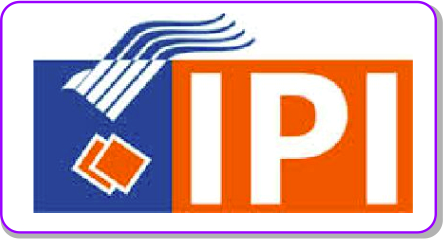 Â
 
